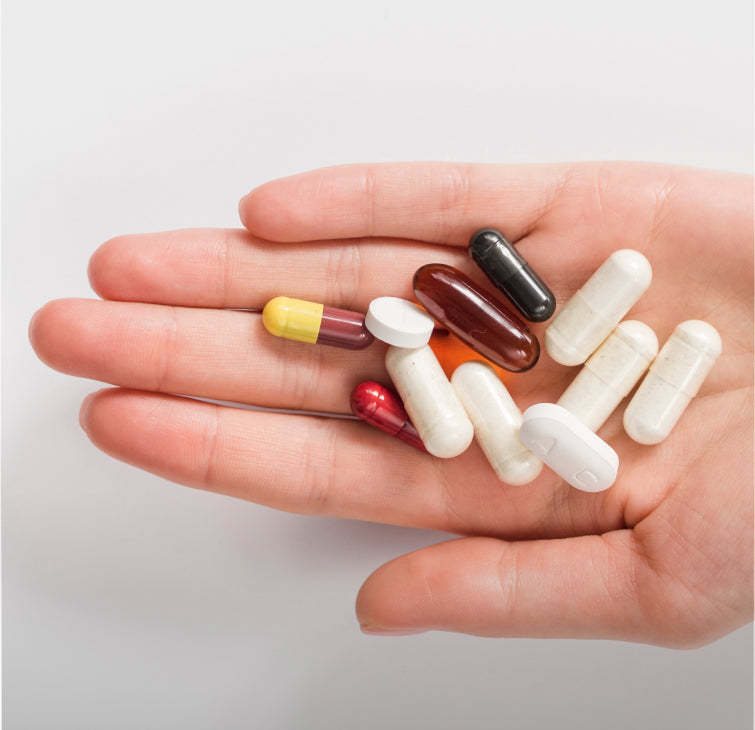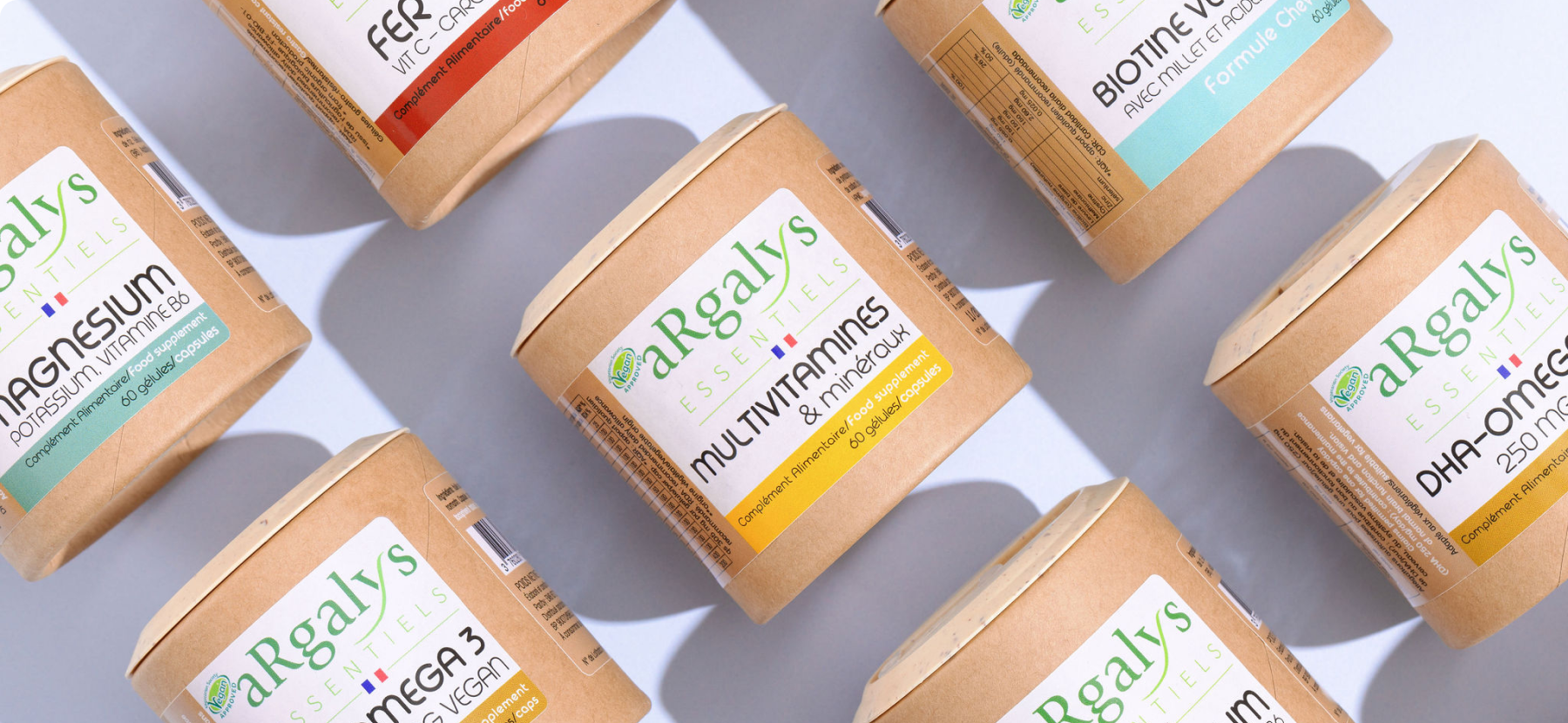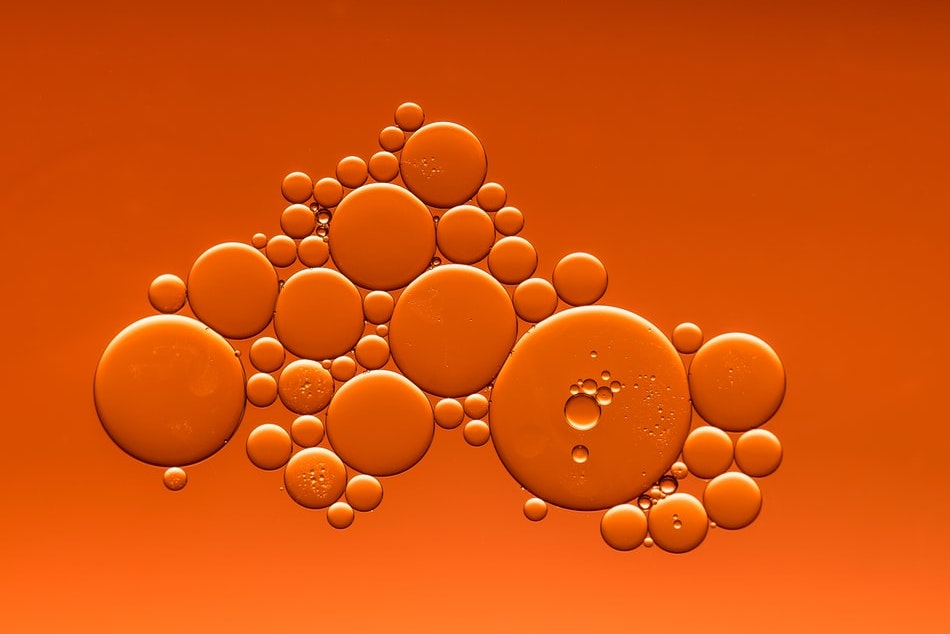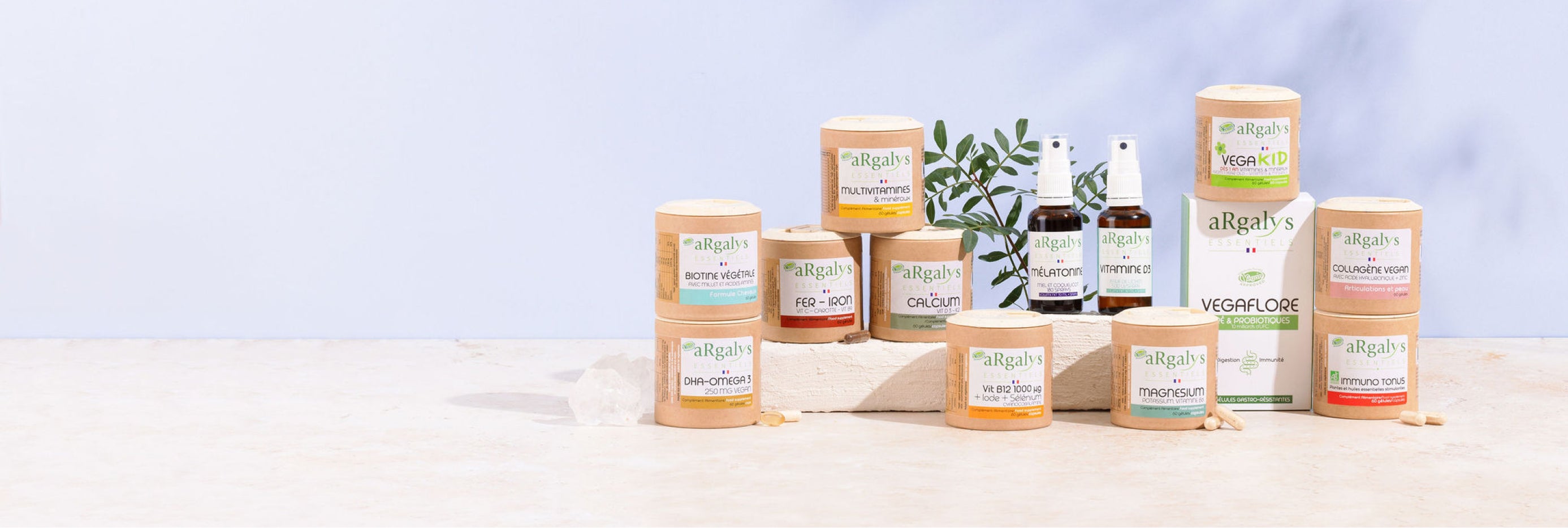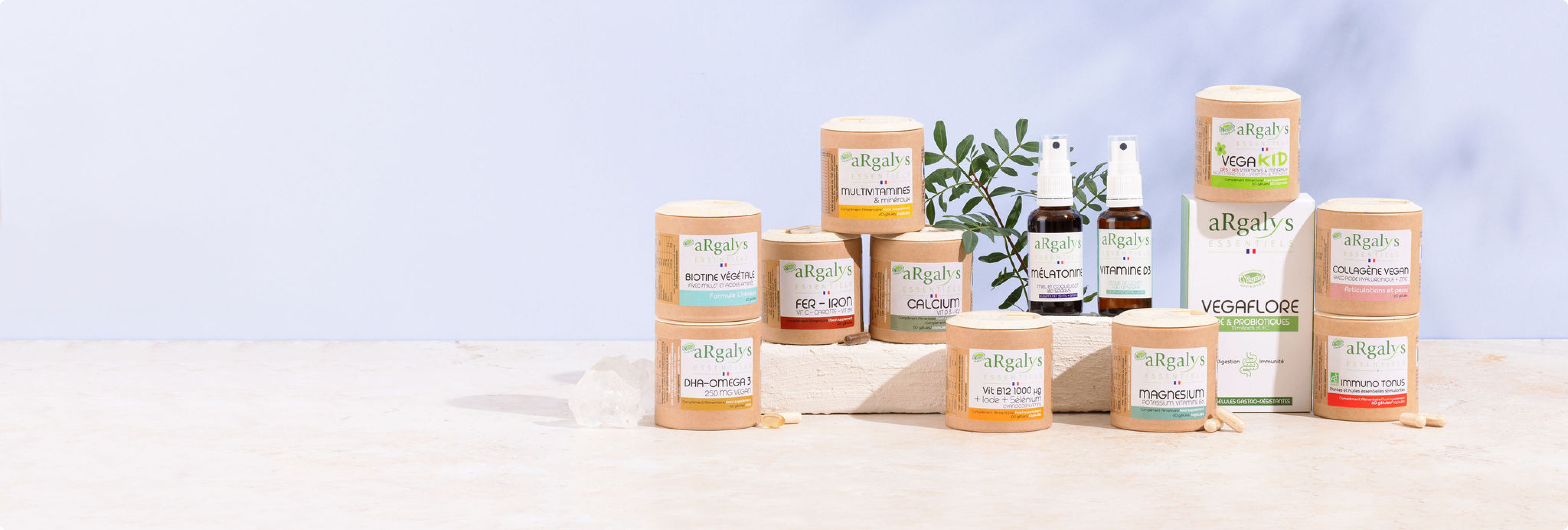Also known as the "sunshine vitamin," vitamin D3 is a fat-soluble vitamin that is supplied exogenously through food and endogenously through sun exposure.
Can be synthesized by the body, Vitamin D3 is sometimes considered a hormone.
Often cited for its benefits, it is nevertheless generally present in too small a quantity in a large majority of the population.
We will review the benefits of vitamin D3, its properties and the different sources in which it can be found (foods rich in vitamin D).
The different forms and sources of Vitamin D
There aretwo main forms of vitamin D:
- Vitamin D2 (ergocalciferol) found in plants
- Vitamin D3 (cholecalciferol) found in animal tissues and some lichens.
Generally speaking, foods are relatively low in vitamin D.
The sunshine vitamin
The human body can produce vitamin D.
It should be noted that the human body can also produce vitamin D under the influence of sunlight (with direct exposure of the skin). This is why this vitamin is also called the Sunshine Vitamin .
A complete exposure of around fifteen minutes/day is enough but it is obviously a practice difficult to achieve by everyone in all seasons!
The benefits of vitamin D
Vitamin D has many benefits.
The action of vitamin D is particularly important for the absorption and fixation of calcium : it plays an essential role in the growth and maintenance of bones and joints.
It is also very important in muscle tone (absorption of phosphorus).
In addition, good intake is a factor in reducing the risk of osteoporosis and osteomalacia .
Vitamin D is also involved in DNA maintenance, blood clotting, nerve transmission, and immune mechanisms.
What foods are rich in vitamin D?
Certain foods provide the body with vitamin D. Foods to favor to absorb natural vitamin D3 , when exposure to the sun is not possible, for example in winter. Among the foods rich in vitamin D3 , we can thus cite:
- Mackerel
- Steamed or baked salmon
- Sardines in oil
- Tuna
- Herring
- Fish eggs
- Anchovies
- Cod liver oil
- Egg yolk
- Calf's liver
- Mushrooms
- Oysters
- Some cheeses: mozzarella, brie, gorgonzola, munster, cheddar, gruyère…
- Butter
- Plain yogurts…
Does vitamin D deficiency really exist?
The word "deficiency" is often associated with vitamin D in winter , when the intensity of UVB rays is insufficient for the synthesis of vitamin D by the skin.
However, this is usually a deficiency, not a deficiency .
In healthy people, vitamin D deficiency is defined as a blood level below 20 nanograms (20 billionths of a gram) per ml of blood.
According to the French Academy of Medicine (AMF), nearly 80% of the Western population and almost all elderly people are deficient in vitamin D.
Furthermore, the INCA 3 consumption study carried out in France shows very insufficient average intakes (between 3 and 6 micrograms depending on age category) among all the people tested.
While the RNP (nutritional reference for the Population) defined by ANSES for Vitamin D is 15 micrograms per day for Adults .
The term deficiency refers to people in whom the concentration of vitamin D falls below 10-12 nanograms per ml of blood.
What are the causes of a deficiency or lack?
Vitamin D deficiency is more common in older people and may be associated with other physiological disorders.
However, other factors can aggravate these risks: strong skin pigmentation, the use of sunscreens, specific diets (eliminating meat, fish, eggs, and dairy products), pathologies inducing intestinal malabsorption.
The populations most at risk of suffering from a vitamin D deficiency are:
- Young people (from birth until the end of growth)
- Pregnant women
- Seniors
- People with a predominantly or totally plant-based diet.
- All people with low sun exposure.
Symptoms of Vitamin D Deficiency
Vitamin D deficiency is difficult to determine because its symptoms are not specific and can have various causes.
In fact, a lack of vitamin D can lead to:
- Weakening of the bones
- A weakening of the immune system
- A feeling of fatigue
- Muscle pain
- Bad cell division
- In the most serious cases: Rickets
How to overcome the lack?
Considering the importance of vitamin D in the body and a recommended intake of 15 mcg per day, supplementing with vitamin D (at least) during months of low sun exposure is a wise precaution if you are concerned about not getting enough.
When choosing your food supplement, favor vitamin D3 over vitamin D2.
According to the study conducted by Paul Glendenning and other scientists (1), although they have similar structures (vitamin D3 has a double bond and an additional methyl group), vitamin D3 increases the level of calcitriol in the body more significantly. (See Table 2 and 3 of the study) . Now, calcitriol is the hormonally active form of vitamin D.
It was also shown in 2006 by a study by Lisa A Houghton and Reinhold Vieth (2) that vitamin D2 was also less stable than vitamin D3 : it is more sensitive to heat and humidity.
The sources mainly used in food supplements are:
- Non-vegan: D3 cod liver or lanolin (derived from sheep wool)
- Vegan: D2 (from yeast) or D3 (lichen extract)
Our choice: Vitamin D3 from Lichen
For our Multivitamin and Mineral and Calcium + Vitamin D3 and Boron supplements, we have chosen Vitamin D3 from Lichen. A great way to absorb organic vitamin D3.
This plant-based form is accessible to everyone (vegans, vegetarians) and ensures very good assimilation of vitamin D by the body.
We also offer vitamin D3 in spray form (500 IU/spray) to make it easier to take, all year round!
Sources:
- (1) Glendenning P, Chew GT, Inderjeeth CA, Taranto M, Fraser WD: Calculated free and bioavailable vitamin D metabolite concentrations in vitamin D-deficient hip fracture patients after supplementation with cholecalciferol and ergocalciferol. Bone . 2013, Vol. 56(2), pp. 271-5.
- (2) Lisa A Houghton, Reinhold Vieth: The case against ergocalciferol (vitamin D2) as a vitamin supplement. Am J Clin Nutr. 2006, Vol. 84(4), pp. 694–697.
- Vernay M, Sponga M, Salanave B, et al. Vitamin D status of the adult population in France: the national nutrition and health study (ENNS, 2006-2007). BEH 2012; (16-17):189-94.
- Holick MF, Matsuoka LY, Wortsman J (1989) Age, vitamin D, and solar ultraviolet. Lancet Lond Engl 2:1104–1105 PMID: 2572832.
- https://pubmed.ncbi.nlm.nih.gov/14985208/
- DeLuca HF. Overview of general physiologic features and functions of vitamin D. Am J Clin Nutr. 2004; 80(6 Suppl):1689S–1696S.
- https://www.anses.fr/fr/content/confinement-assurer-un-apport-suffisant-en-vitamine-d-gr%C3%A2ce-%C3%A0-l%E2%80%99alimentation
- https://pubmed.ncbi.nlm.nih.gov/25635171/
- https://pubmed.ncbi.nlm.nih.gov/24001747/
- https://pubmed.ncbi.nlm.nih.gov/18991184/
- https://pubmed.ncbi.nlm.nih.gov/21177785/
- https://academic.oup.com/ajcn/article/84/4/694/4633079
Our Essentials supplement which covers your daily intake of Vitamin D3:
Vitamin D3
€15 for 4 months of coverage!
 04 74 03 98 80
04 74 03 98 80

